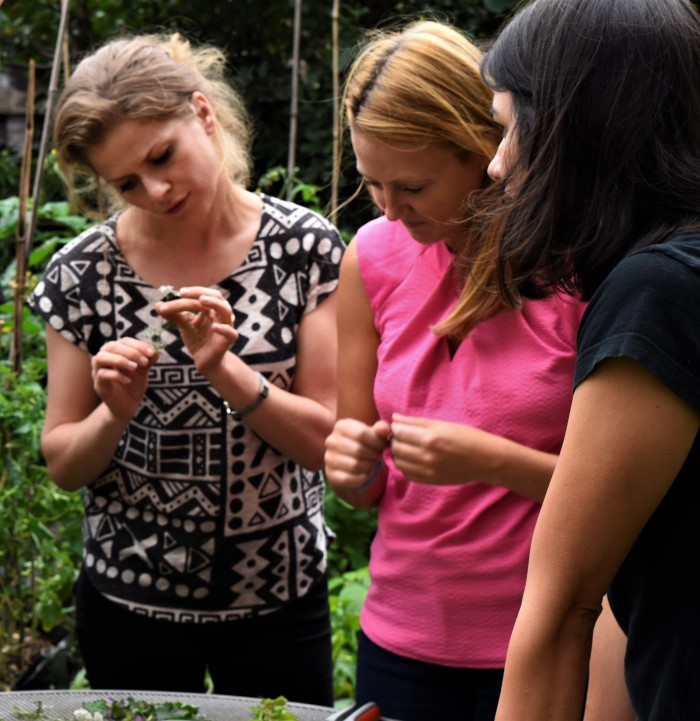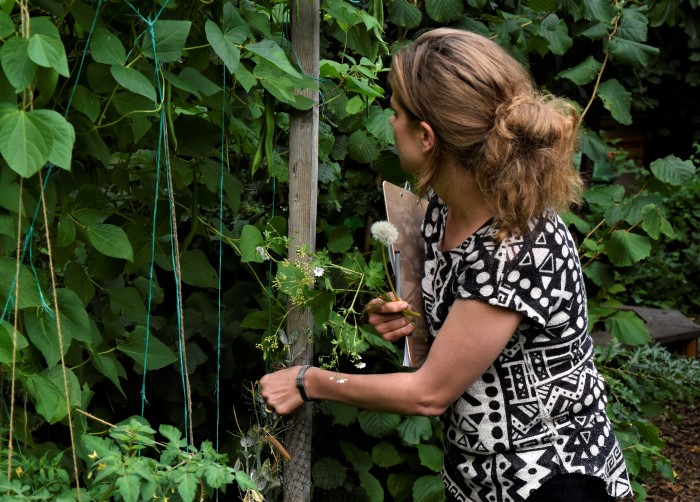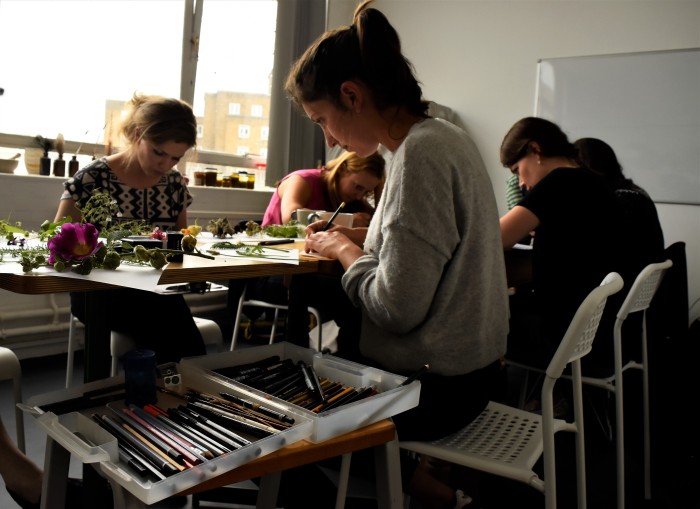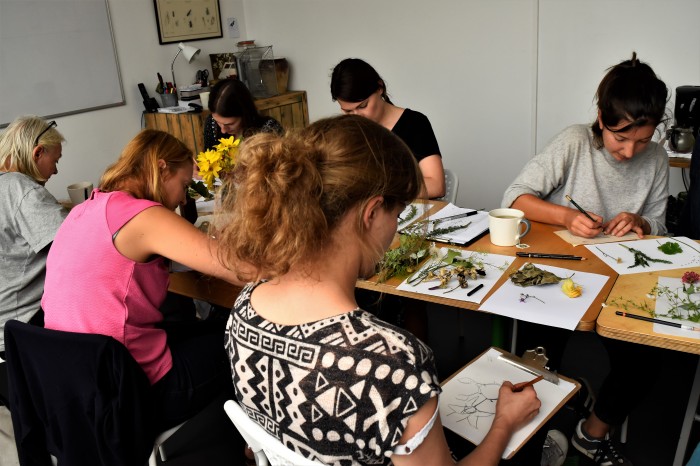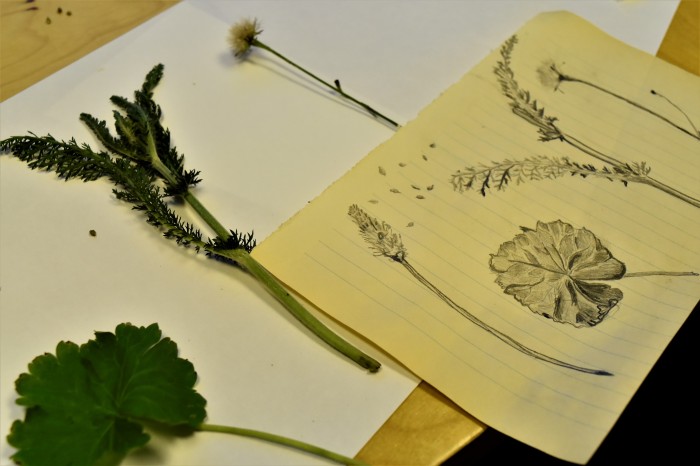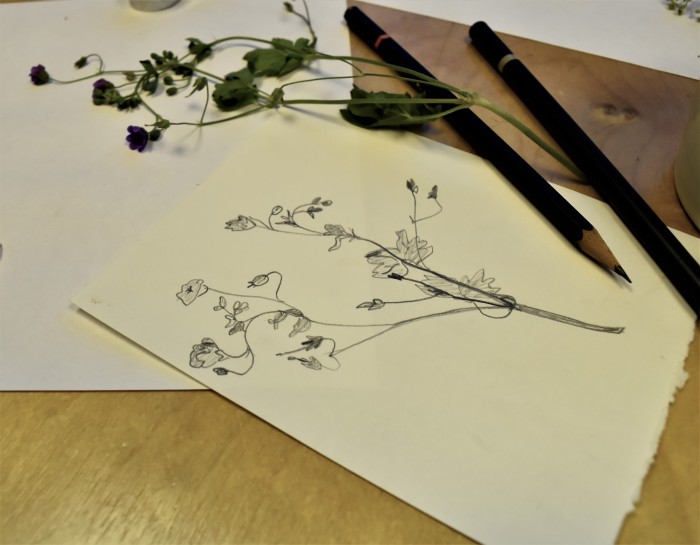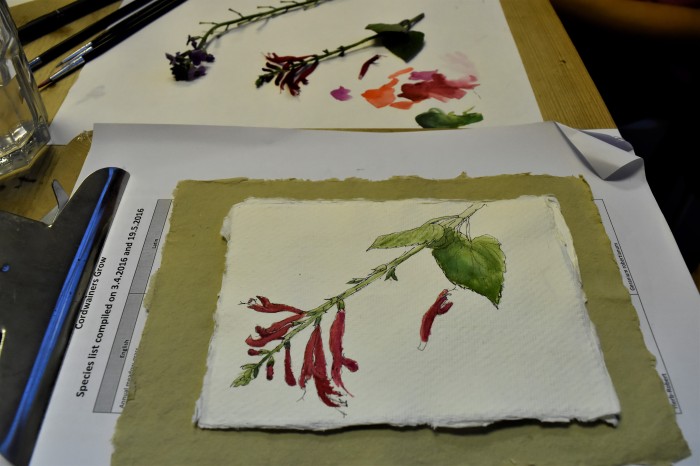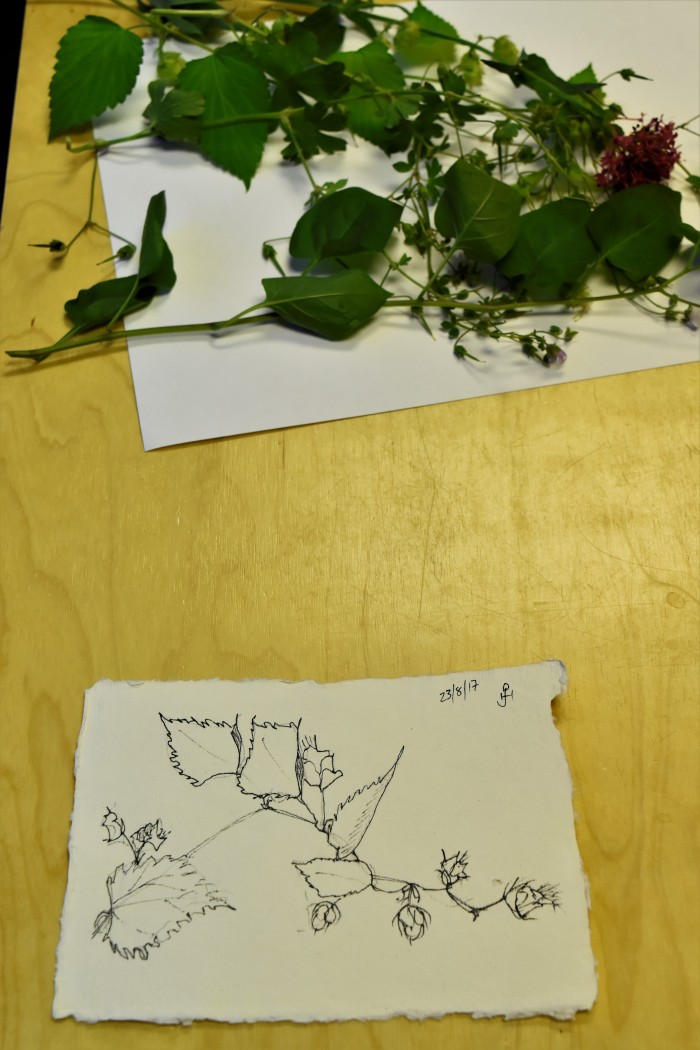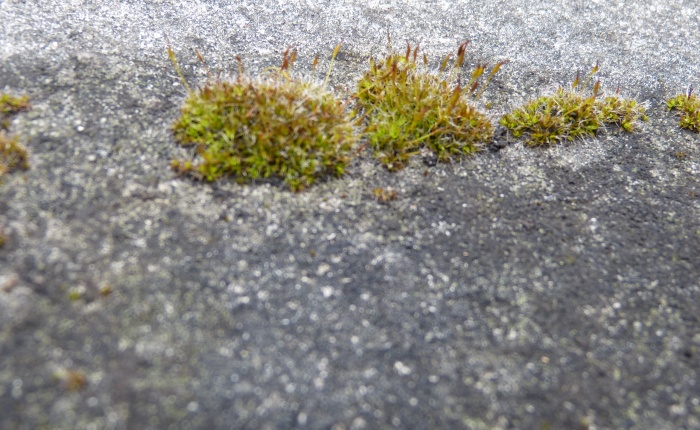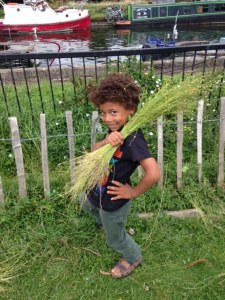We ran another of our weed walks — or plant safaris — last week. At these events we look at plant families, how plants grow, their habitats and the great variety and resilience of wild plants. After ambling about inspecting and wondering at the above, we then study the plants further by drawing them.
People get scared of drawing but drawing is the least of it. The looking is the most of it. And we want to encourage looking (and the wonder which comes from looking) at the intricacies and complexities of even the ‘simplest’ weed/wild flower. You should probably spend 60% of your time looking – more than drawing. If you do that, you are more likely to end up drawing what you actually see, rather than what you expect to see.
One tip Neela Basu, our tame artist, gave us for drawing is to examine the way and direction a plant grows and, rather than draw its face (or flower) first, start at the bottom near its roots and work our way up and try to express the way its energy propels it upwards or around.
Our group, with a wealth of knowledge about growing between them, had a head start with the looking as they were familiar with the habits and patterns of plants. They produced some fantastic drawings.
Thanks to Capital Growth for arranging it and to Steve Ellis for the photographs.
